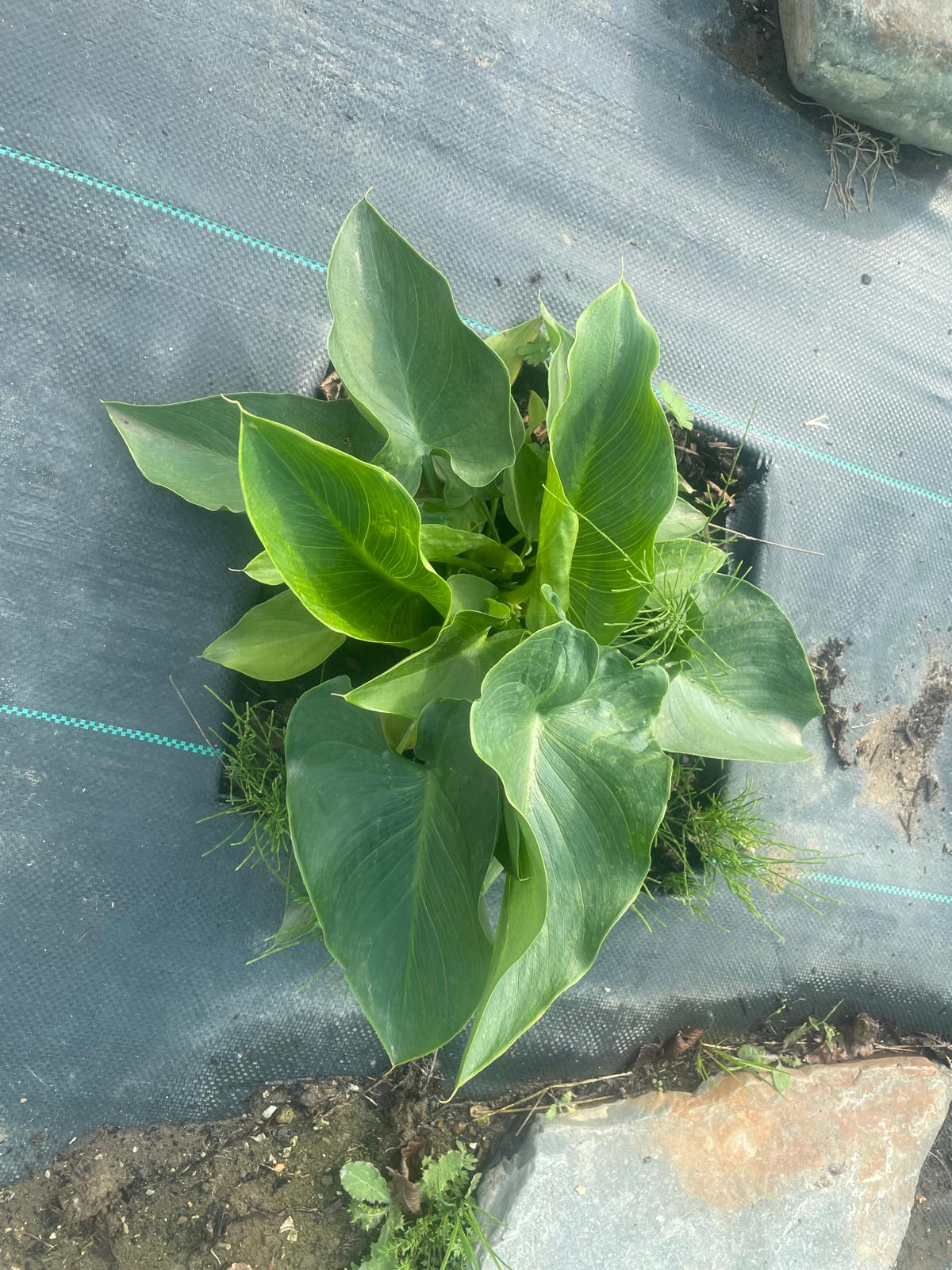Your cart is currently empty!
Unlock the Enchanting World of the Red Calla Lily Flower

A Symphony of Elegance and Symbolism
The captivating red calla lily, with its regal trumpet-shaped blooms and vibrant crimson hue, has enthralled hearts and minds for centuries. Beyond its remarkable beauty, it holds profound cultural significance, making it a versatile flower for various occasions.
Botanical Characteristics
- Genus: Zantedeschia
- Species: Z. aethiopica
- Origin: Southern Africa
- Height: 1-2 feet
- Bloom Size: 4-6 inches
- Bloom Color: Crimson, burgundy, dark red
- Foliage: Large, heart-shaped leaves with a glossy texture
Distinguishing Feature: The Spathe
Unlike most flowers with petals, the calla lily’s distinctive feature is a large, showy bract called a spathe. The spathe is a leaf-like structure that encloses the actual flowers, known as the spadix. The spadix is a dense, yellow structure that bears numerous tiny flowers.
Cultural Symbolism
- Love and Adoration: In Victorian language of flowers, the red calla lily symbolized passion, deep affection, and eternal love.
- Purification and Renewal: In ancient Egyptian culture, the white calla lily was associated with purity and rejuvenation.
- Sympathy and Remembrance: In many parts of the world, the red calla lily is used in sympathy arrangements and to honor the memory of loved ones.
- Fertility and Abundance: In some African cultures, the calla lily is believed to bring fertility and abundance to the household.
Cultivation and Care
Red calla lilies are relatively easy to grow, but they require specific conditions to thrive.
Light:
They prefer bright, indirect light. Avoid direct sunlight, which can scorch the leaves.
Soil:
Plant calla lilies in well-draining, moisture-retentive soil. Amend the soil with organic matter, such as compost or peat moss.
Water:
Keep the soil consistently moist, especially during the summer months. Avoid overwatering, which can lead to root rot.
Temperature:
Calla lilies thrive in warm temperatures between 60-75°F (16-24°C). Protect them from frost and freezing conditions.
Fertilization:
Fertilize monthly during the growing season with a balanced liquid fertilizer.
Propagation
- Rhizomes: Divide the rhizomes (underground stems) in spring or fall to create new plants.
- Seeds: Sow seeds in a warm, moist environment and keep them under bright light. Germination can take several weeks.
Toxicity
**Caution:** All parts of the calla lily are poisonous if ingested. Keep them out of reach of children and pets.
Usage and Applications
- Floral Arrangements: Red calla lilies make stunning additions to bouquets, centerpieces, and corsages.
- Gardens: They can be planted in borders, containers, or as cut flowers.
- Landscaping: Calla lilies add a touch of elegance to ponds, water features, and tropical gardens.
- Cut Flowers: Red calla lilies have a long vase life of 7-10 days.
Tips for Success
- Plant calla lilies in groups for a dramatic effect.
- Deadhead spent blooms to encourage new growth.
- Protect calla lilies from strong winds, which can damage the large leaves.
- Overwinter calla lilies in frost-free areas by digging up the rhizomes and storing them in a cool, dark place.
- Calla lilies can also be grown as indoor plants in bright, indirect light.
Conclusion
The red calla lily is a captivating and meaningful flower that adds beauty, elegance, and symbolism to any occasion. Whether you admire its striking blooms in a garden, cherish it as a bouquet, or appreciate its cultural significance, this magnificent flower will undoubtedly leave a lasting impression.
Our Shop
-
Crowborough — Zantedeschia aethiopica ‘Crowborough’
-
Green Goddess — Zantedeschia ‘Green Goddess’
-
Hercules — Zantedeschia aethiopica ‘Hercules’
-
Highveld — Zantedeschia ‘Highveld’
-
Odorata — Zantedeschia odorata
-
Pink Flamingo — Zantedeschia ‘Pink Flamingo’
-
Pink Mist — Zantedeschia ‘Pink Mist’
-
White Giant — Zantedeschia aethiopica ‘White Giant’










Leave a Reply